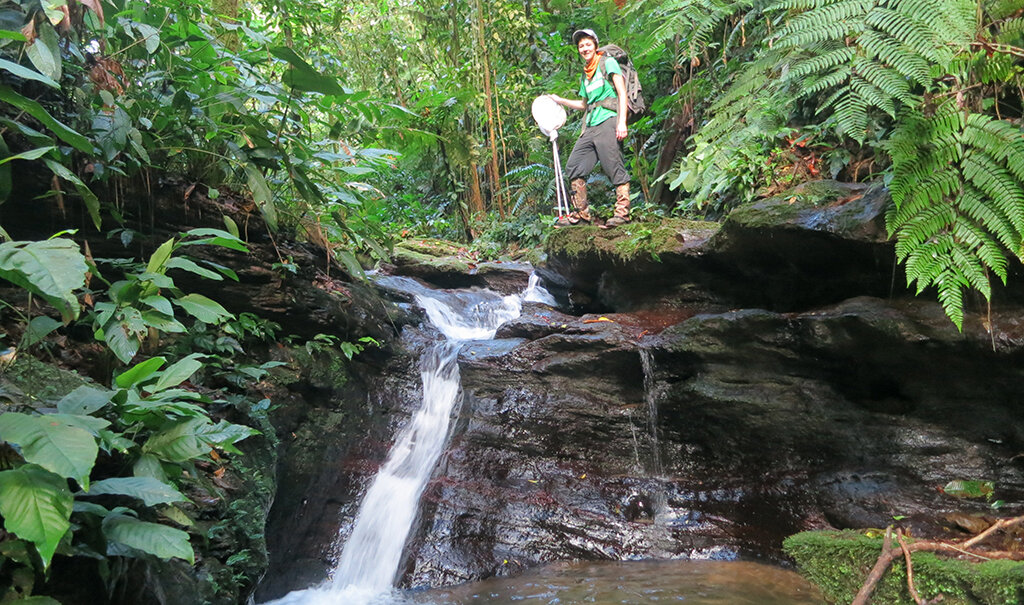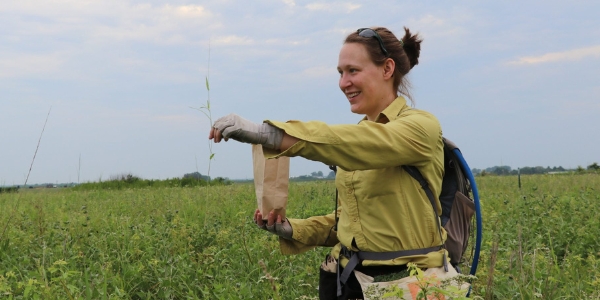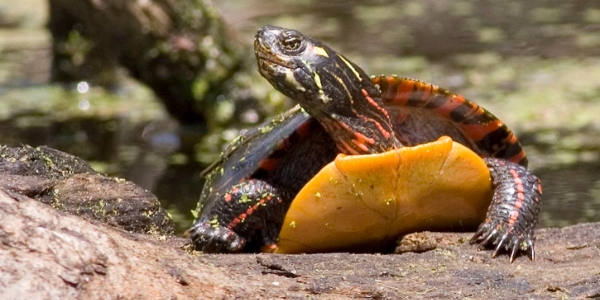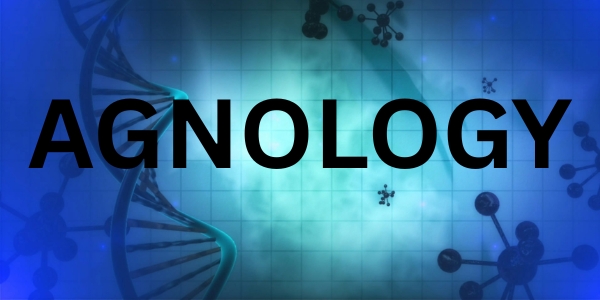What guppy guts can teach us about evolution
On the list of scientific tools that help us understand health, evolution or the environment, the Trinidadian guppy doesn't often come to mind.
The fish are more often thought of as aquarium pets in the U.S. and, in their native Trinidad, wild guppies are so ubiquitous, they’re almost taken for granted.
“In Trinidad, they’re called drain fish and locals would ask us, ‘Why are you studying drain fish?’” said

Sarah Fitzpatrick, an assistant professor in Michigan State University’s Department of Integrative Biology.
“Guppies in Trinidad are kind of like squirrels in Michigan,” said Sarah Evans, an associate professor and Fitzpatrick’s departmental colleague in the College of Natural Science.
But thanks to a unique combination of biology and ecology, the guppies have provided researchers with insights into evolution for decades. Evans and Fitzpatrick have pushed those insights a step further, showing the guppies’ potential to help probe big questions about how microbes living in host organisms contribute to health, survival and quality of life.
A research team led by the Spartans, who are both based at the W.K. Kellogg Biological Station, published its results on May 25 in the journal Proceedings of the Royal Society B.
As scientists learn more about the gut microbiome — the collection of microbes that lives in a host organism’s digestive tract — it’s becoming increasingly clear that it plays an important role in the well-being of its host. In fact, human health is intimately tied to our gut microbiome.
Evans and Fitzpatrick are interested in some of biology’s big-picture questions and wanted to better understand how microbiomes change as organisms evolve.
“Because the microbiome affects fitness — an organism’s health and reproduction — it can affect evolution,” said Evans, who along with Fitzpatrick is a core faculty member of MSU’s Ecology, Evolution and Behavior Program, or EEB.
Nature is full of interesting examples of this, among them termites. Along their evolutionary path, termites adapted to welcome populations of single-celled protozoans into their guts that enable them digest wood.
Giant pandas provide another example. Diet impacts a microbiome and pandas eat only leaves. Yet panda microbiomes can more closely resemble that of their carnivorous relatives than some of their plant-eating kin. That’s likely due to the shape and size of the panda’s gut itself, which evolved from a carnivorous ancestor.
Evans and Fitzpatrick wanted to better investigate what are the biggest drivers of microbiomes as host organisms evolve. It could be things like gut shape, diet or characteristics of a new environment, which is likely to contain microbes that are foreign to the host. The researchers knew guppies could lend a fin from their unique “natural laboratory.”
“Trinidad is a continental island,” said Fitzpatrick, who is also a core faculty member of the EEB program and the coordinator of the Molecular Ecology and Genomics Lab at the Kellogg Biological Station. “It split off from South America a long time ago. It actually has a continuation of the northernmost part of the Andes mountain range.”
Rivers and streams run down Trinidad’s mountains in independent systems. Within each water system are independent ecosystems of guppies that naturally don’t stray far from home.
In the 1950s, evolution researchers realized that they could take guppies from one ecosystem where the fish had lots of natural predators and put them in another where they didn’t. Over time, the genes and traits of the fish would adapt to reflect the native populations in those low-predator environments. Likewise, fish transferred from low-predation sites would adapt when transferred to streams with high numbers of predators.
“And it’s repeatable. They evolve in many of the same ways almost every time,” Evans said. “That’s why this system is in textbooks.”
“Given that we know guppies evolve really fast in parallel ways, we could ask how does the microbiome change as guppies evolve,” Fitzpatrick said.
Read the full story in MSU Today.



